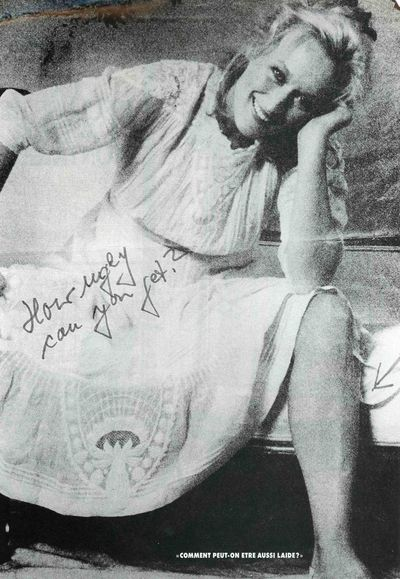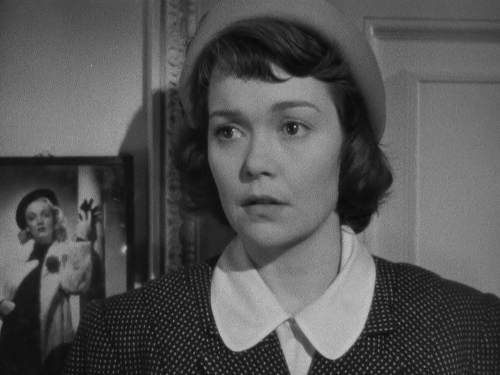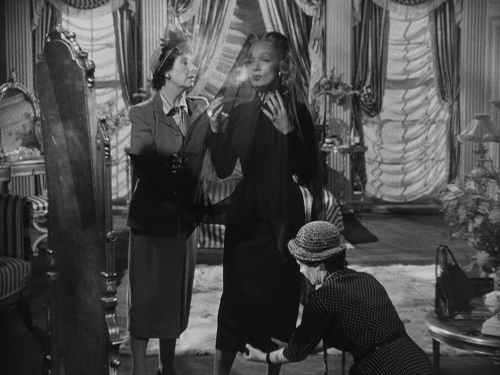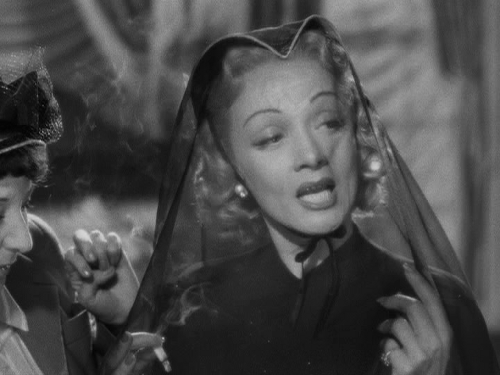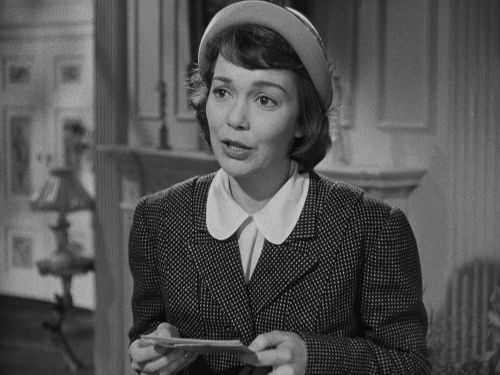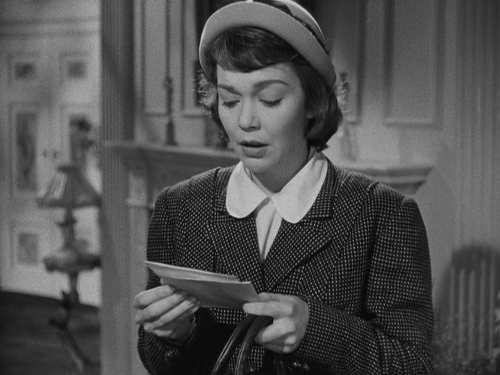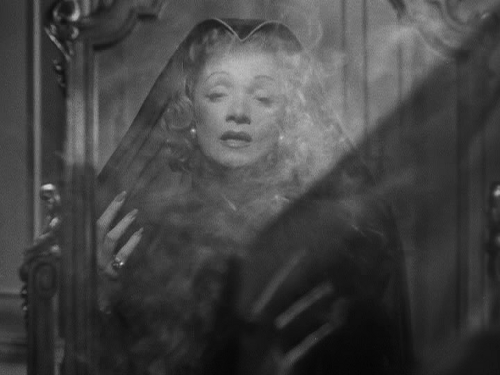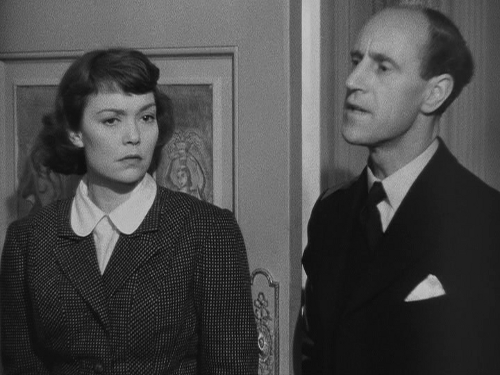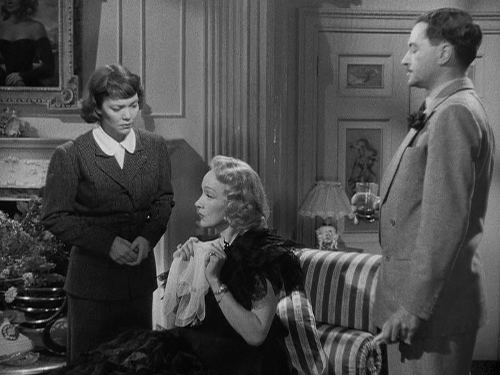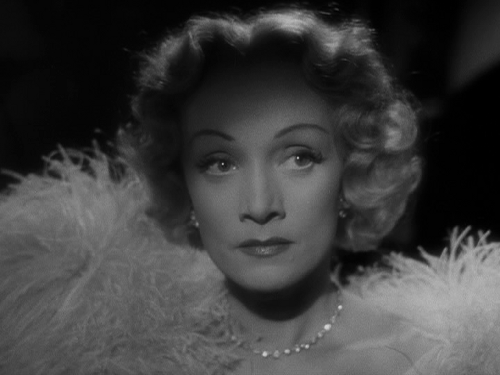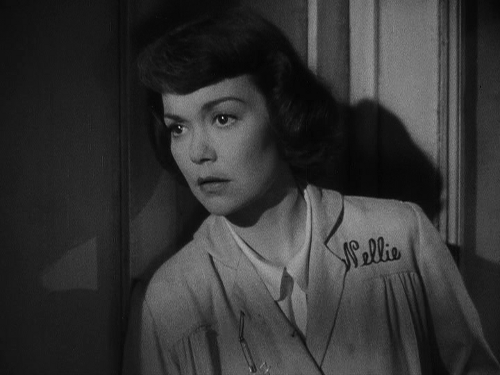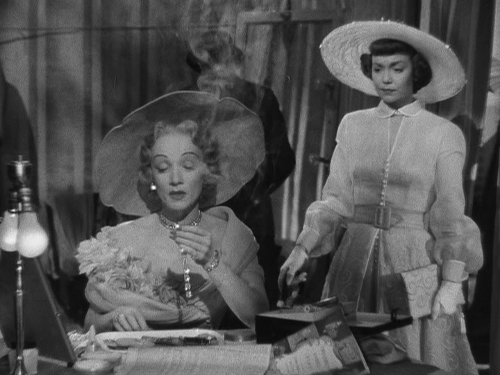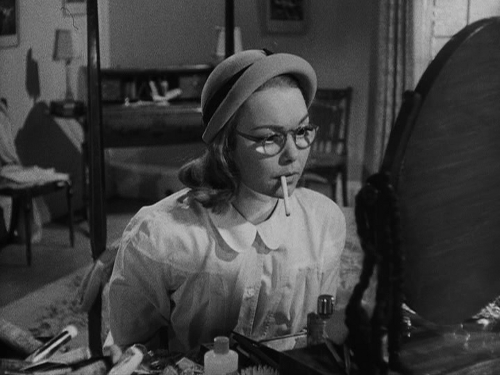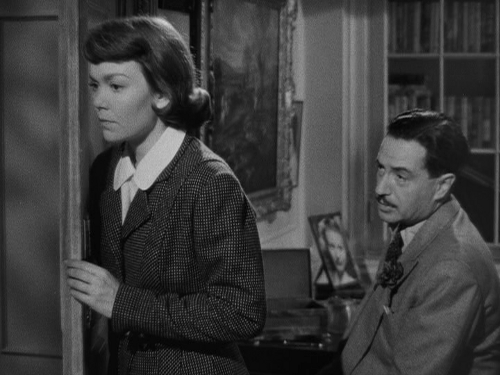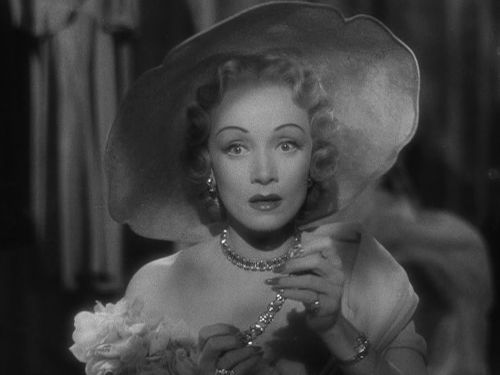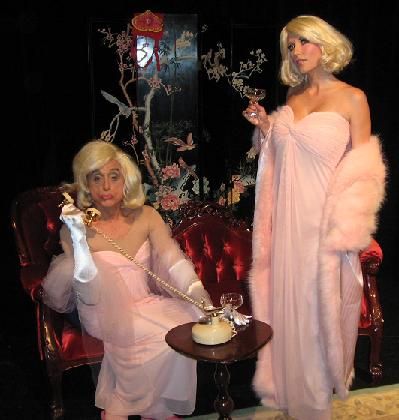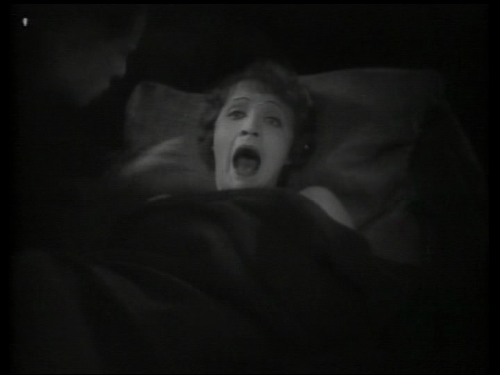Several months ago, I discovered
The Ultimate Marlene Dietrich Souvenir & Memorabilia Blog, run by
Rudolf "Rudi" Polt, which astounded me because a) I was certain that I knew every blog about
Marlene Dietrich and b) I was sure that I had already seen Polt's name somewhere. Although I proved myself wrong about my omniscience, I was right about my observant eye. Indeed, Polt is cited and acknowledged by
Steven Bach in
Marlene Dietrich: Life and Legend. Also, I've seen his generous contributions on
YouTube.
After browsing Polt's blog, I learned that he had published a book through Lulu.com,
The Ultimate Marlene Dietrich Souvenir & Memorabilia Book. To be frank, when I first visited the link, I balked at the price (currently US$118.75) of a self-published book with a typo on its cover, but we all know the adage, "Don't judge a book by its cover." After corresponding a bit with Polt, I realized that this man is a tireless wealth of information about Marlene as well as a keen Dietrich researcher, and I decided that I would buy his book.
Well, now it's in my hands, where I wish it had been sooner because it's a helpful pictorial bibliography of Dietrichiana (or Marlenebilia, if you will). Not only do I consider the scans (often in color) more impressive than the plates of photograph reproductions in most trade publications (ahem,
Donald Spoto!), I also contend that the succinct captions are more informative than most Dietrich biographies (*cough*
Charlotte Chandler! cough*). If you know about the Major Arcana in a Tarot deck, you may be aware that it tells the story of a Fool's journey toward knowledge. Let me cast myself as that fool and reveal what I've learned from Polt's book:
In a captioned photo below the table of contents, I learned that the ubiquitous German photographer credited as "v. Gudenberg" on postcards (see Fabrice's collection at
Marlene Dietrich Collection), "W. von Gudenberg" in
Marlene Dietrich: Portraits 1926-1960, and "Baron Wolff von Gudenberg"
on auction sites had a given name--Walter! On IMDB, a
Walter von Gudenberg is credited as a cinematographer for one of Dietrich's first films--
The Little Napoleon. Is that accurate? I don't know, but it does lead me to wonder how much influence von Gudenberg had on Marlene's image during the '20s. Like others, he saw the glory of her gams, even though I've never seen them in such
a greased-up and girlish pose. If anyone knows where I can read a substantial biography on von Gudenberg, please direct me to it.
We've seen images of Marlene playing singing saws, violins, and pianos, but what about
ukuleles? There are many magazine images that I never saw before communicating with Polt, such as the
Das Magazin ones featured prominently in his book. Speaking of images new to me and Hawaiian accoutrements, Polt presents a photo of Marlene and
Maria Riva in hula skirts, which is one of the most charming photos of the two from the early '30s--far more than the ones circulating online. Also available are scans of entire film programs! Polt isn't merely showing off his extensive collection--he's sharing it! With an emphasis on sheet music illustrated with Dietrich's image, featuring songs from Dietrich's movies, or containing compositions inspired by Marlene, Polt's book covers a "genre" of Marlenebilia that others have yet to explore thoroughly.
If I have any concerns about Polt's book, it's this: were any of these photos retrieved online? A
Manpower publicity shot looks identical to one I saw at
Profiles in History, right down to its crooked scanned edges. Then, it occurred to me that perhaps these auction items were consigned by Polt himself. As for criticisms, I must admit that some scans look too heavily pixelated, especially the ones from the January 30, 1951 issue of the miniature
People Today, which shouldn't have been enlarged. In these digitized magazine and newspaper photos, the halftone Marlene instead looks like she was caught in a fishing net. Quibble as I may, I can't but praise the many clear color photos of Dietrich during the 1960s, and the breadth of Dietrich-related images in this book will help guide me--a relative neophyte--in collecting Dietrichiana.
